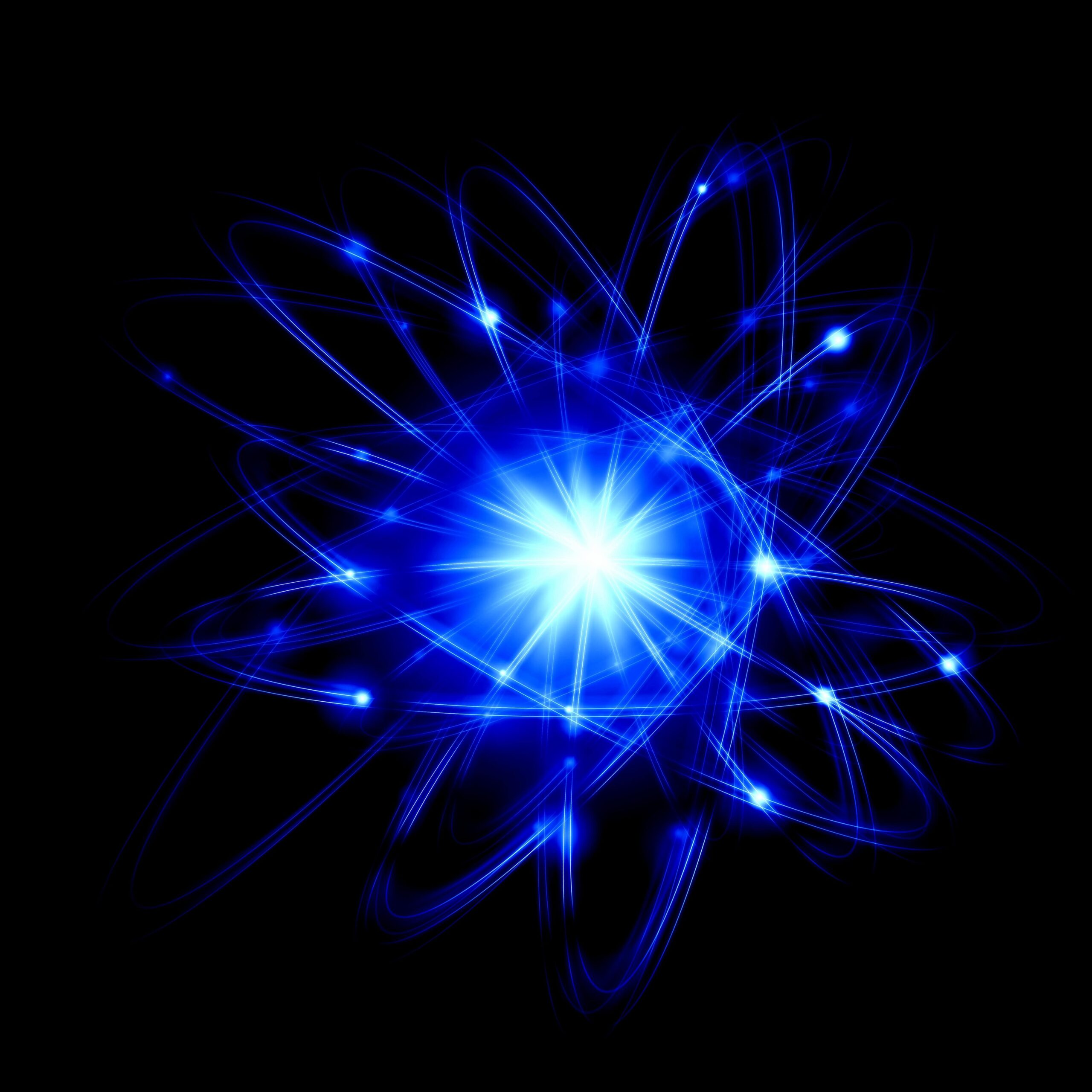Hello, everyone. My name is Daichi, an expert providing the information on the radiation issues in an easy-to-understand manner.
Today, I would like to respond to the following questions:
– How different is penetration power and energy between the three kinds of radiation (this article especially focuses on beta and gamma ray)?
Table of contents of this article
- Kinds of radiation and their characteristics (Vol. 3)
- Penetration power and energy of radiation
- Beta ray
- Gamma ray
- Summary
I have been involved with the radiation-relevant issues, like the policy on the decontamination activities and the management of the Interim Storage Facility, after the accident of the Fukushima Daiichi Nuclear Power Plant in 2011.
I received a doctorate in the field of radiation, while working in Fukushima.
Kinds of radiation and their characteristics (Vol. 3)
In the previous article, basic characteristics of alpha, beta and gamma ray e.g.: approach for ionization, mass and charge, as well as penetration power and energy of alpha ray were covered.
In this article, as a continuous work, penetration power and energy of the rest of 2 kinds of radiation (beta and gamma ray) will be elaborated.
Penetration power and energy of radiation
In the previous article, it is explained that an alpha particle has larger mass and charge compared with a beta particle, therefore an alpha ray is very reactive with other atoms in the vicinity of its release point, and it travels not so long distance compared with a beta ray.
This article will go into the detail of the rest of kinds of radiation: beta and gamma ray, especially focusing on their penetration power and energy.
Beta ray

A beta particle has much less mass than alpha particle, so when comparing with an alpha particle with almost same level of velocity, it travels faster than the alpha particle.
Substances which a beta particle collides with (orbital electrons), however, are almost as large as the beta particle, therefore, it doesn’t travel straight like an alpha particle, but does in a zig-zag manner, because it collides sequentially with the electrons.
In addition, its charge is smaller than an alpha particle, therefore, frequency of reaction with surrounding electrons is also less, and it travels farther than an alpha particle.
Even so, however, as a result of the collisions with the surrounding electrons, it loses its energy and stops traveling.
And what is here underlined, is that each beta particle has different energy and it depends on each kind of radionuclide, which emits the beta particles.
But its distribution patterns are, unlike alpha particles, mountain-like sequential spectra with a single or multiple peaks, specific to each kind of radionuclide.
The specific examples are as follows:
| Main energy of beta ray (MeV) | Main purpose for application (Ex.) | |
|---|---|---|
| Hydrogen 3 (Tritium) | 0.0186 | Tracer for biological testing, tritium light |
| Cesium 137 | 0.514 | (One of the radionuclides which could affect in the environment after accidents of nuclear power plants) |
| Iodine 131 | 0.606 | Treatment of thyroid cancer, tracer for biological testing |
Here hydrogen 3 (tritium), cesium 137 and iodine 133 are taken as examples.
And energy of a beta particle emitted by hydrogen 3 (tritium) is 0.0186 (MeV).
Main beta ray emitted by cesium 137 has energy of 0.514 (MeV), and as covered in this article, main beta ray emitted by iodine 133, which are used for treatment of thyroid cancer, has energy of 0.606 (MeV), slightly higher than that of cesium 137.
Gamma ray

Gamma ray is electromagnetic wave and it travels space almost as fast as light.
Gamma ray sometimes fully gives orbital electrons its energy and vanishes, and as explained in the previous article, during the process of the indirect ionization, secondary electrons are generated as a result of interaction with other substances.
Therefore, it sometimes traval not straight, but instead in a zig-zag manner.
Moreover, its penetration power is quite strong and it travels space so long, because it has neither mass nor charge, and it is much less reactive, compared with alpha ray and beta ray.
Regarding gamma ray, it has a variety of energy, as is the case with alpha and beta ray, and it depends on kinds of radionuclides which emit gamma ray.
As is the case with alpha ray, its energy distribution pattern shows a single spectrum, or multiple line spectra, depending on radionuclides which emit gamma ray.
The specific examples are shown in the following table.
| Main energy of gamma ray (MeV) | Main purpose for application (Ex.) | |
|---|---|---|
| Iridium 192 | 0.317, 0.468 | Non-destructive test |
| Cesium 137 | 0.662 | (One of the radionuclides which could affect in the environment after accidents of nuclear power plants) |
| Cobalt 60 | 1.173, 1.332 | Insecticidal purpose of foodstuff |
Iridium 192, Cesium 137 and Cobalt 60 are taken here as examples.
Regarding their energy, first of all, gamma ray emitted by iridium 192, used for non-destructive test, is 0.317 (MeV), or 0.468 (MeV).
As explained earlier, Cesium 137 emits beta ray, but after emitting beta ray and becomes Barium 137, it emits gamma ray with energy of mainly 0.662 (MeV).
Lastly, as explained in this article, gamma ray emitted by cobalt 60 is used for insecticidal purpose, and it has energy of mainly 1.173 (MeV), or 1.332 (MeV).
Summary
As a continuous work from the previous article, this article covers penetration power, as well as their energy on beta and gamma ray.
Specifically, a beta ray has stronger penetration power than an alpha particle, but gamma ray has much stronger penetration power compared with other 2 kinds of radiation.
Regarding energy distribution, unlike the alpha and gamma ray with line spectra, a beta ray shows continuous spectrum with a single, or multiple peaks.
Please bear the important key points in mind, that all kinds of radiation: alpha, beta and gamma ray, have own unique and different energy, specific to radionuclides, which emit the kinds of radiation.
By the way, above-mentioned contents are summarized in the following videos.
It would be appreciated to visit them at your convenience.
– Japanese version
– English version
You can read the same article in Japanese here.
Thank you very much for reading this article.
See you next time!



コメント